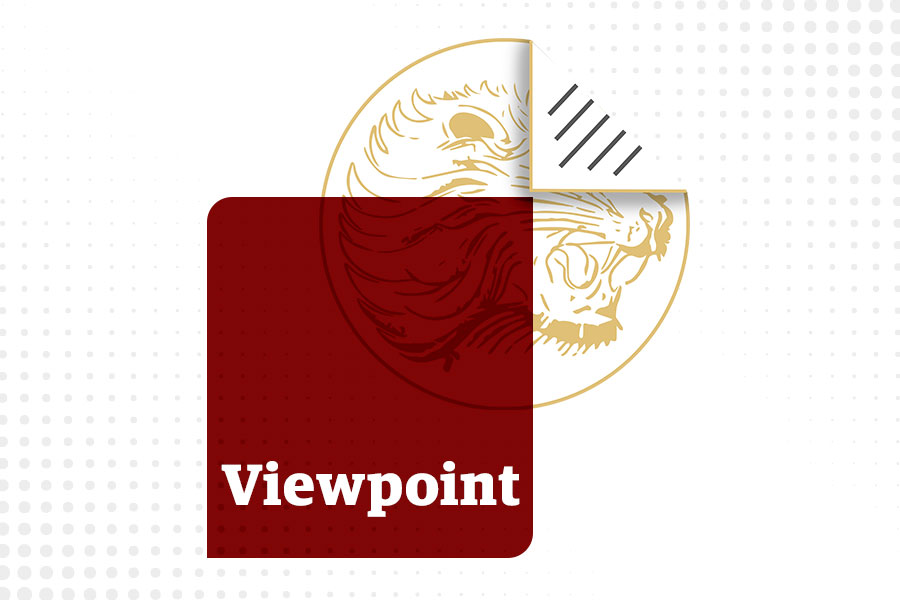
Viewpoints | Aug 28,2021
Sep 13 , 2025
By Akinwumi A. Adesina , Ilan Goldfajn
A novel approach to development finance is emerging. By channelling 1.5 billion dollars in IMF Special Drawing Rights through the African Development Bank, as much as 10 billion dollars could be mobilised for agriculture. AfDB estimates show these resources could double the productivity of 16 million farmers and boost food production by 40 million tons, alluding to the scale of change possible with new financial tools, write Akinwumi A. Adesina, a former president of the African Development Bank Group, and Ilan Goldfajn, president of the Inter-American Development Bank Group, in this commentary provided by Project Syndicate (PS).
Faced with a slowing global economy and rising debts, many developing-country governments may be tempted to scale back anti-poverty programs. That would be a grave mistake. Combating poverty is not only a moral imperative, but also crucial for economic stability, conflict prevention, and long-term development.
Recent research supports the economic case for reducing poverty, showing that a 10-percentage-point decrease in poverty rates can raise per capita growth by up to 1.2pc annually. For countries like the Democratic Republic of the Congo (DRC) and Paraguay, that would mean an increase of 25pc or more in annual per capita growth. The experience of countries across Africa, Latin America, and the Caribbean demonstrates that meaningful poverty reduction can be achieved even under severe budget constraints.
To this end, governments should focus on three key areas.
The first is energy. Expanding access to affordable electricity is essential for manufacturing and agriculture, and thus for the sustainable growth required to reduce poverty. A major step forward in this regard is "Mission 300," a groundbreaking initiative led by the World Bank and the African Development Bank (AfDB) that aims to provide electricity to 300 million Africans by 2030.
Another priority should be investing in human capital. Studies have consistently shown that investments in early childhood programs, quality education, and accessible health care generate high returns. In Jamaica, for example, early interventions increased mid-career incomes by 37pc, according to a 2021 study. Similarly, a 2024 World Food Program (WFP) study found that school nutrition programs can produce up to nine dollars in cross-sector benefits for every dollar of investment.
Notably, Kenya's Home-Grown School Feeding Program, which links education, nutrition, and local agriculture, has boosted school attendance, improved health outcomes, and enhanced students' long-term earnings potential.
Lastly, investing in large-scale cross-border infrastructure can accelerate economic integration, create job opportunities, and sharply reduce poverty. The 15.6 billion dollars Abidjan-Lagos Super-Corridor, which connects five West African countries with a combined population of 330 million, will cover 75pc of the volume of West Africa by 2030. Similar projects include a proposed 531 million dollars corridor linking the DRC, the Central African Republic, and Chad, and the 576 million dollars AfDB-funded Nacala Road Corridor, which is already benefiting more than two million people in Zambia, Malawi, and Mozambique.
While these strategies are cost-effective, scaling them up requires increased financing at a time when public budgets around the world are under growing strain. A hybrid capital instrument based on the International Monetary Fund's Special Drawing Rights (SDRs, the IMF's reserve asset), developed by the AfDB and the Inter-American Development Bank (IDB), offers a promising solution.
In 2024, the IMF allowed countries to use this innovative financial tool to reallocate their existing SDRs voluntarily to developing countries through the AfDB and the IDB, whose triple-A credit ratings and proven track records uniquely enable them to maximise the impact of these additional resources. The impact can be transformative, because each dollar equivalent of SDRs the AfDB and the IDB receive counts as quasi-equity, enabling them to multiply their value by three to eight times, according to our estimates.
By leveraging SDRs, we could deploy low-interest loans, guarantees, and blended-finance instruments that attract private investment in infrastructure, greentech, and agriculture.
In Latin America, the IDB estimates that channelling one billion dollars in SDRs could unlock seven to eight billion dollars in development funds. It would be enough to provide school meals to 10 million children, healthcare services to 1.3 million women and children, and direct cash transfers to four million households for a year, advancing efforts to eliminate extreme poverty by 2030. In line with this approach, the IDB has already joined the Global Alliance Against Hunger & Poverty (GAAHP), committing up to 25 billion dollars to support policies and government-led anti-poverty and food-security initiatives that leverage innovative tools such as reallocated SDRs.
Even modest SDR reallocations could deliver outsize returns, especially in Africa. Redirecting 1.5 billion dollars in SDRs to the AfDB could generate 10 billion dollars in development financing. If invested in agriculture, these resources could double the productivity of 16 million farmers, increase food production by 40 million tons, and lift 80 million people out of poverty by 2030, according to AfDB estimates.
An additional 4.5 billion dollars could be directed toward regional infrastructure, including the 1,300Km Lobito Corridor. This EU-backed project to modernise the railway linking Angola to landlocked, mineral-rich regions in Zambia and the DRC will cut shipping times between the Atlantic and Asia by at least 10 days, unlocking billions of dollars in copper and cobalt exports and supporting infrastructure investment.
With sufficient political will and international cooperation, SDRs could become a powerful tool for multilateral development banks to expand development finance. By lending a fraction of their SDRs through the innovative model pioneered by the AfDB and the IDB, countries can facilitate transformative investments while preserving the value of their international reserves and enabling participating central banks to deliver higher returns.
The fight against poverty should remain a high global priority. Through well-designed investments and innovative financing, developing countries can weather economic slowdowns, raise living standards, and lay the foundation for a more stable and prosperous future for all.
PUBLISHED ON
Sep 13,2025 [ VOL
26 , NO
1324]

Viewpoints | Aug 28,2021
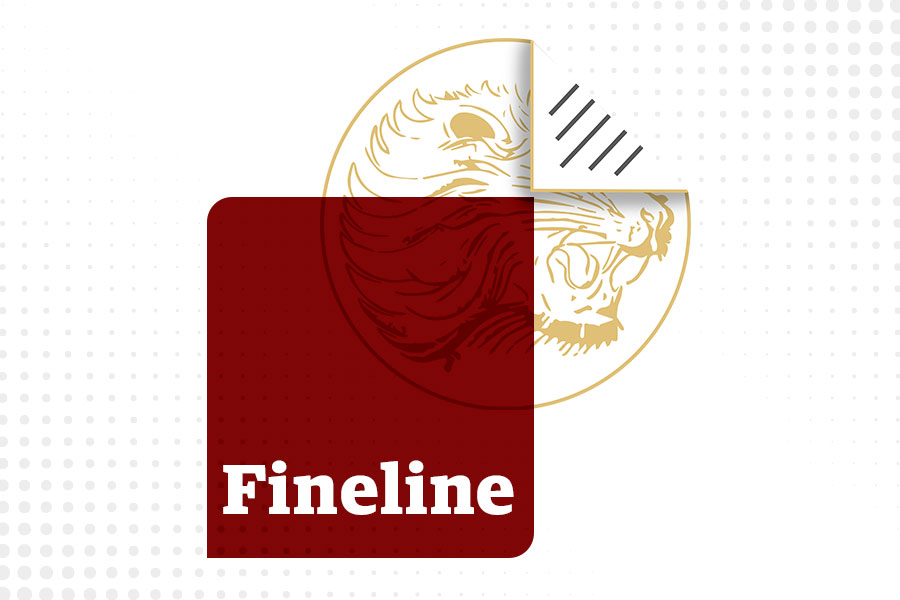
Fineline | Jul 27,2019
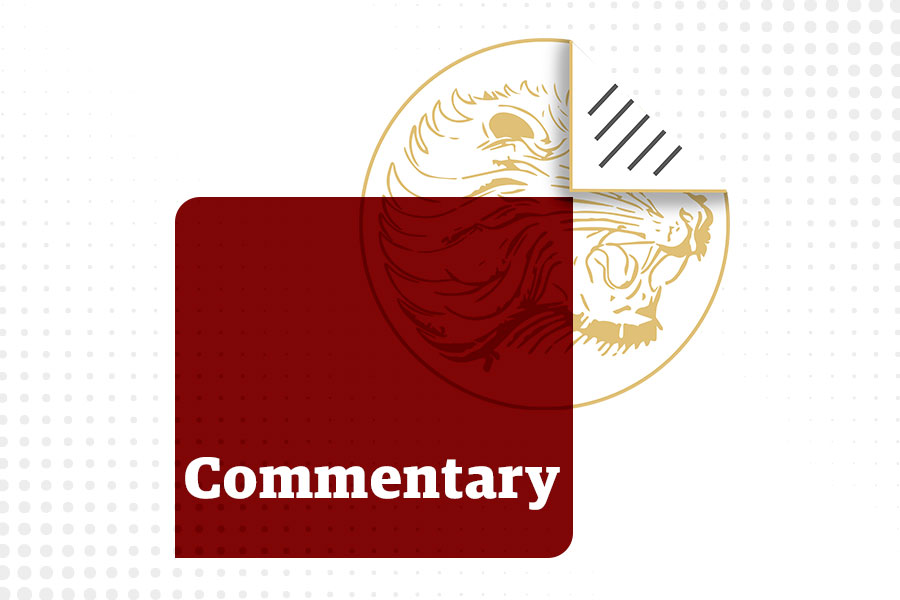
Commentaries | Oct 04,2025

Radar | May 26,2021
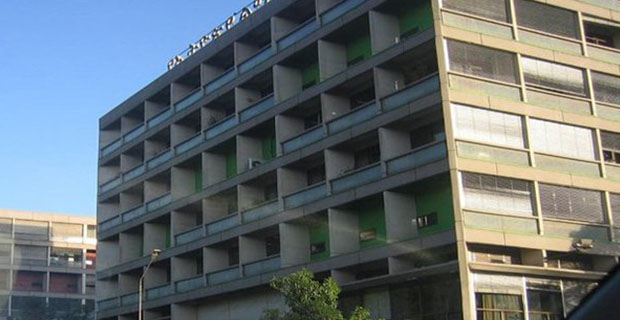
Fortune News | Jun 01,2019
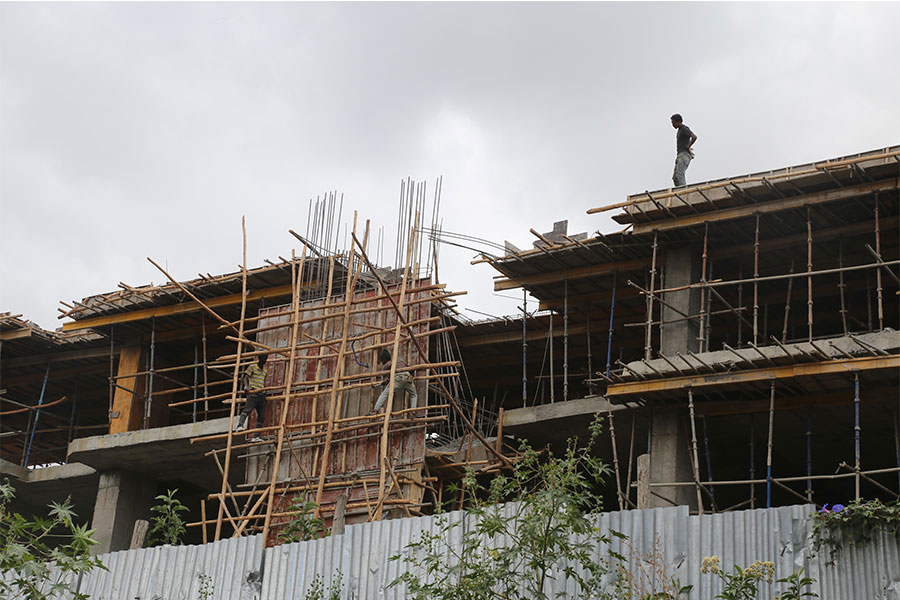
Fortune News | Oct 02,2021
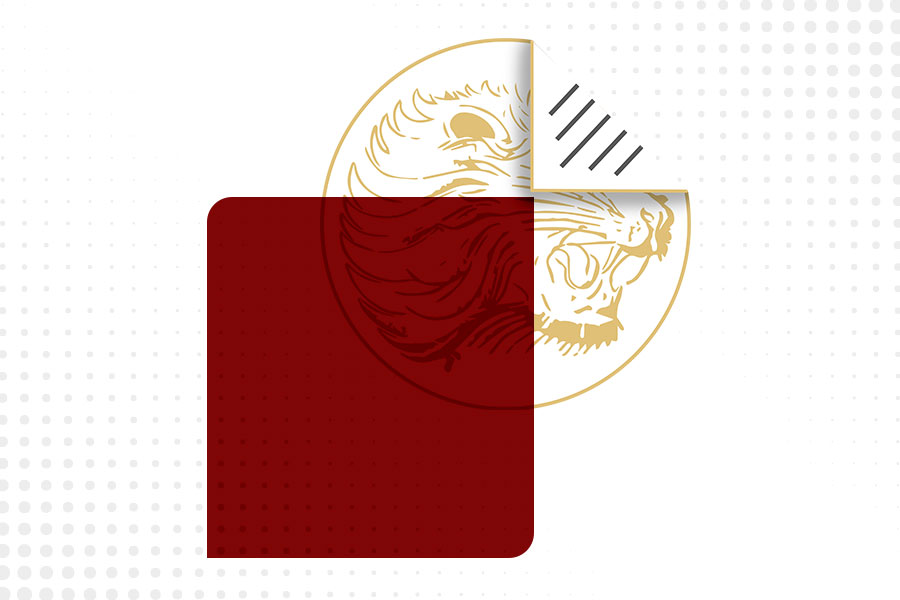
Radar | Mar 25,2023

Fortune News | Nov 04,2023

Commentaries | Feb 13,2021

Money Market Watch | Apr 13,2025

Photo Gallery | 170528 Views | May 06,2019

Photo Gallery | 160764 Views | Apr 26,2019

Photo Gallery | 150406 Views | Oct 06,2021

My Opinion | 136248 Views | Aug 14,2021
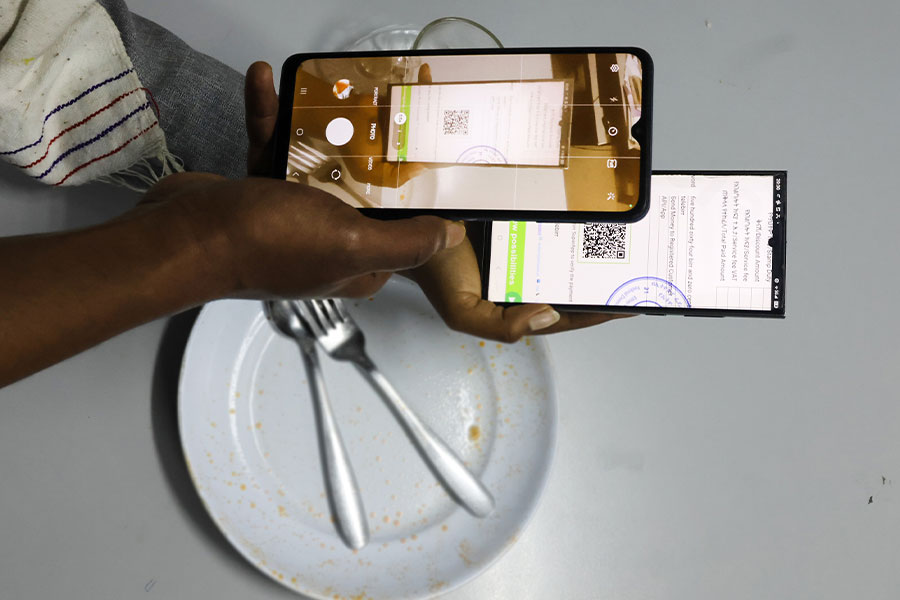
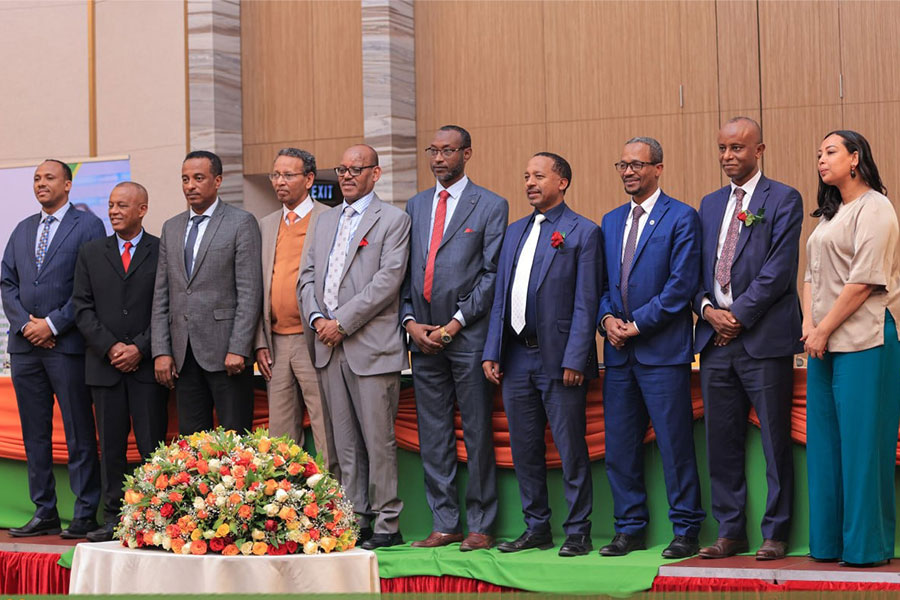

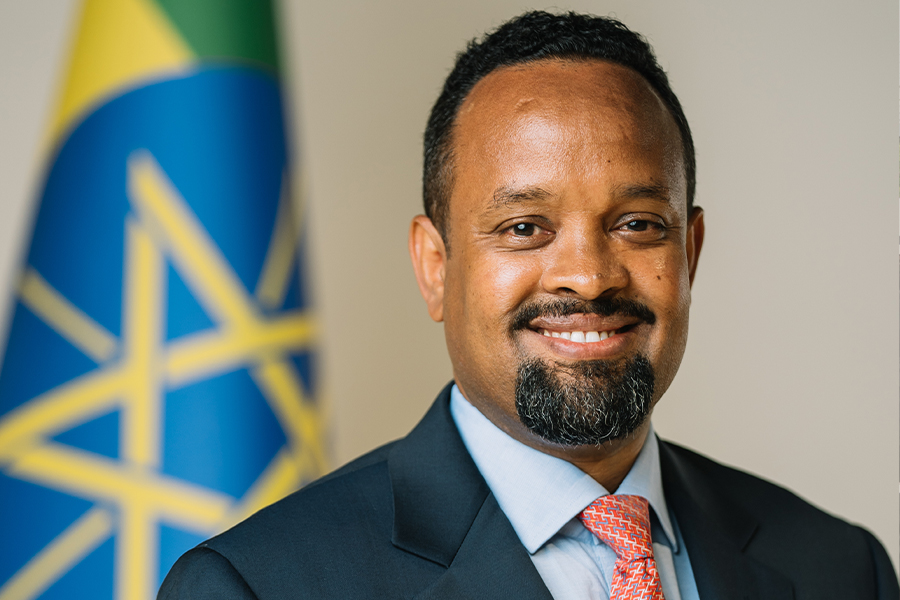
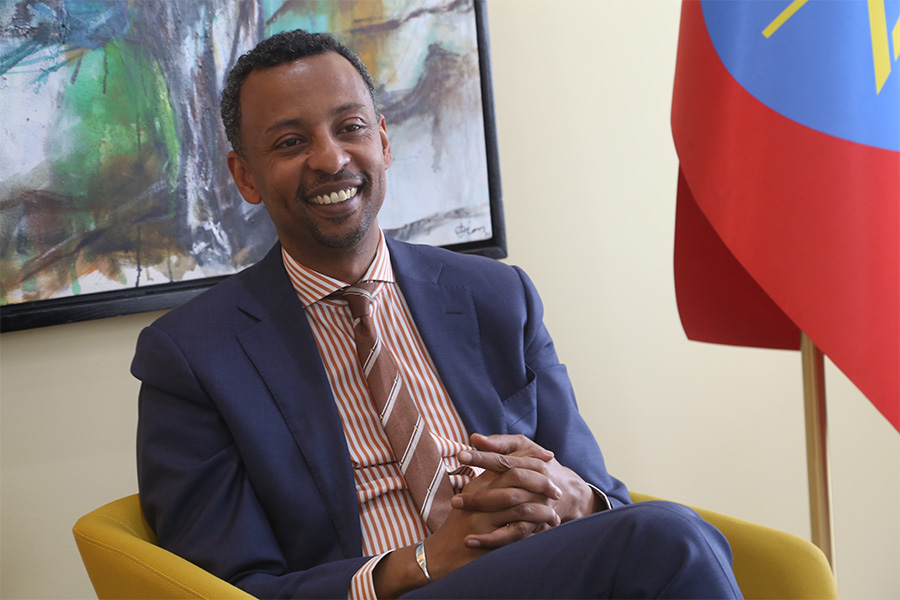
Dec 22 , 2024 . By TIZITA SHEWAFERAW
Charged with transforming colossal state-owned enterprises into modern and competitiv...

Aug 18 , 2024 . By AKSAH ITALO
Although predictable Yonas Zerihun's job in the ride-hailing service is not immune to...
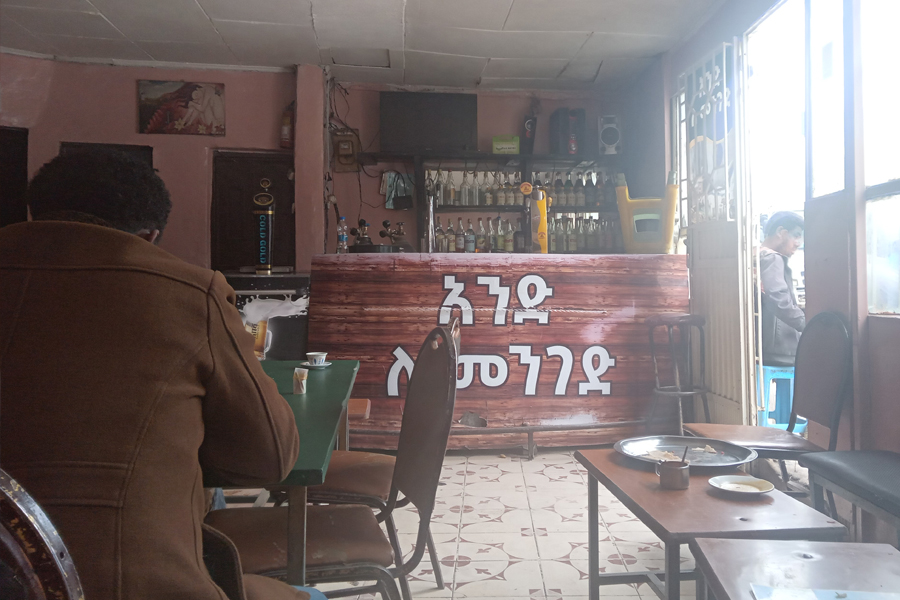
Jul 28 , 2024 . By TIZITA SHEWAFERAW
Unhabitual, perhaps too many, Samuel Gebreyohannes, 38, used to occasionally enjoy a couple of beers at breakfast. However, he recently swit...

Jul 13 , 2024 . By AKSAH ITALO
Investors who rely on tractors, trucks, and field vehicles for commuting, transporting commodities, and f...
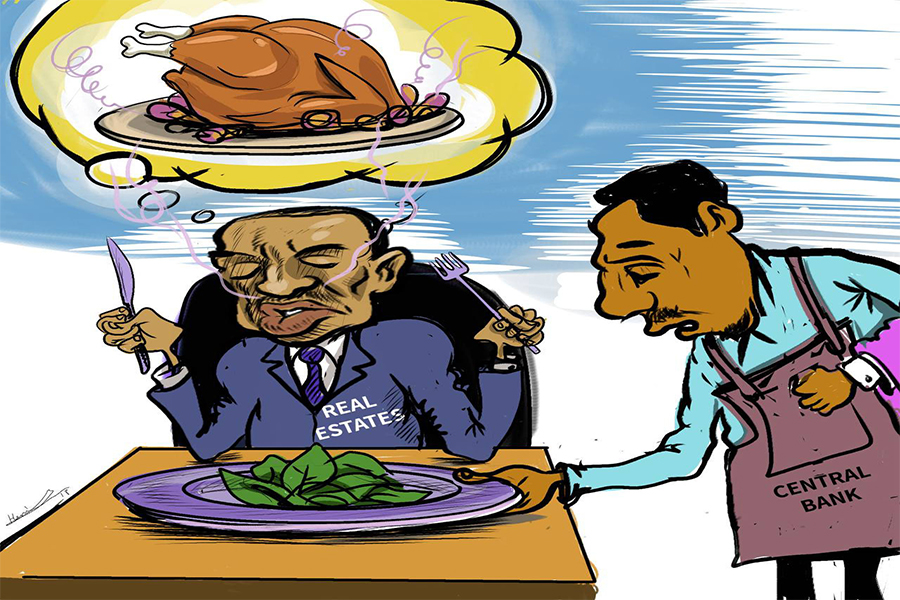
Oct 4 , 2025
Eyob Tekalegn (PhD) had been in the Governor's chair for only weeks when, on Septembe...
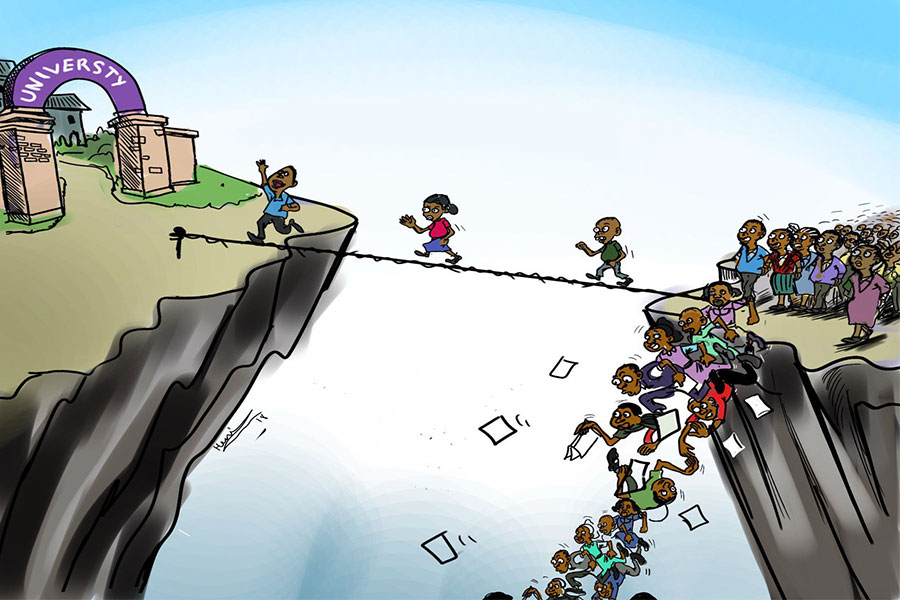
Sep 27 , 2025
Four years into an experiment with “shock therapy” in education, the national moo...
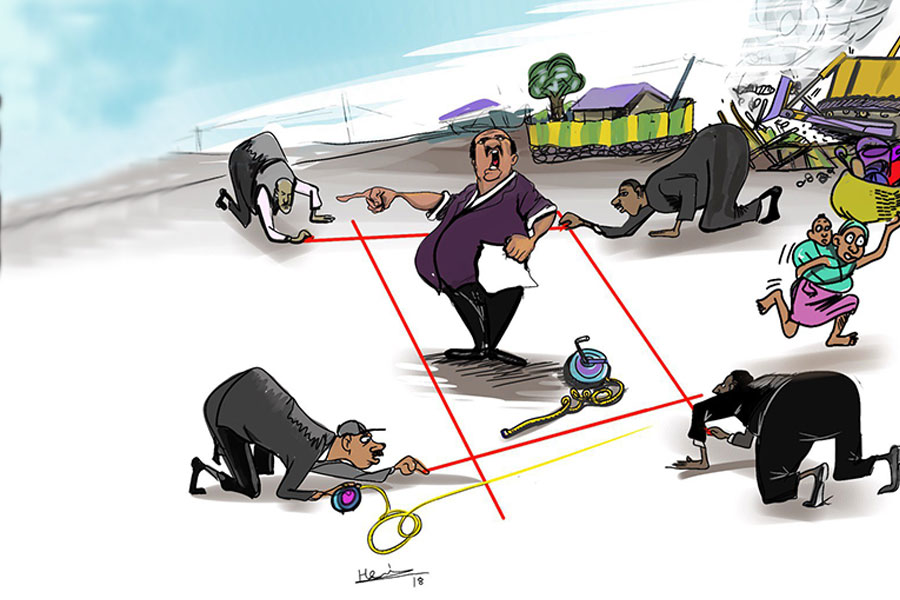
Sep 20 , 2025
Getachew Reda's return to the national stage was always going to stir attention. Once...
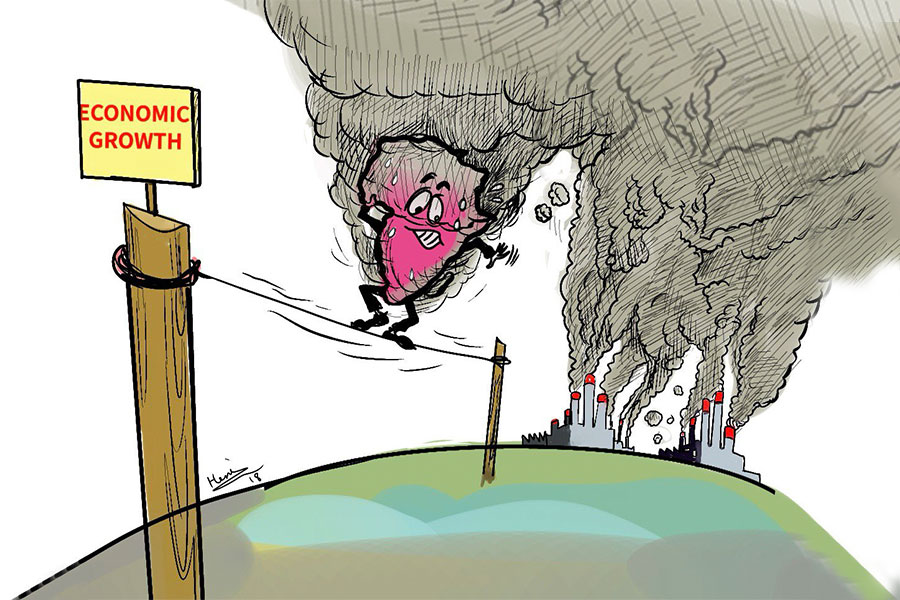
Sep 13 , 2025
At its launch in Nairobi two years ago, the Africa Climate Summit was billed as the f...

Oct 5 , 2025 . By NAHOM AYELE
In Meqelle, a name long associated with industrial grit and regional pride is undergo...

Oct 5 , 2025 . By BEZAWIT HULUAGER
The federal government is set to roll out a new "motor vehicle circulation tax" in th...
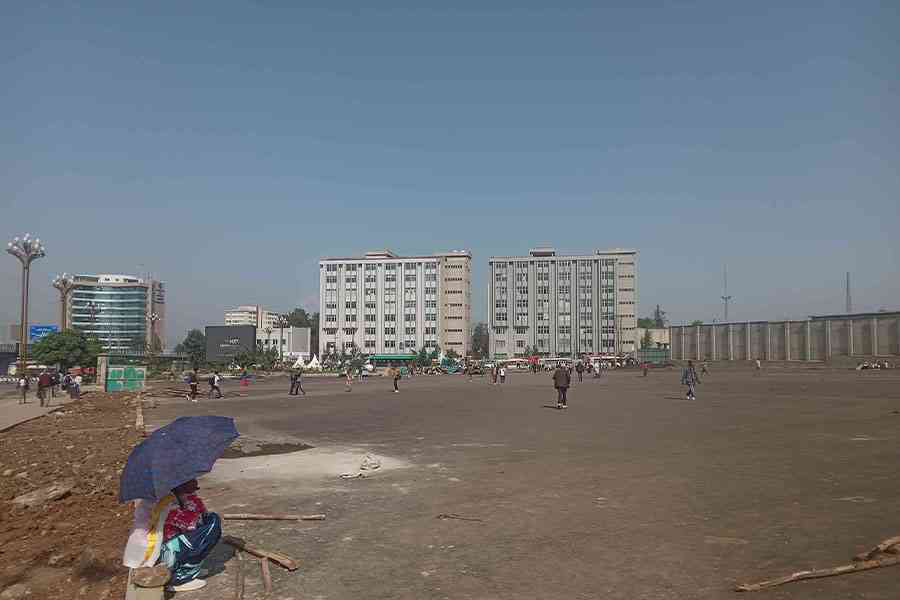
Oct 5 , 2025 . By NAHOM AYELE
The Bank of Abyssinia is wrestling with the loss of a prime plot of land once leased...

Oct 5 , 2025 . By BEZAWIT HULUAGER
The Customs Commission has introduced new tariffs on a wide range of imported goods i...